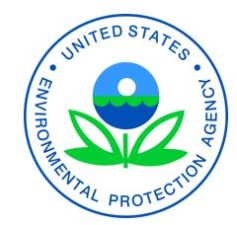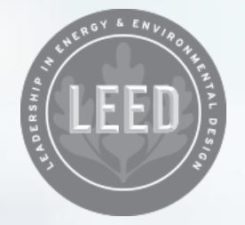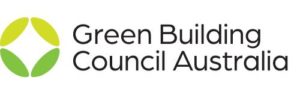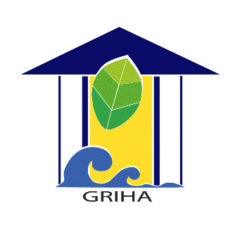
The African Development Bank’s Environmental and Social Assessment Procedures (ESAP) support the integration of environmental, climate change and social considerations in projects and programs of the Bank and its borrowers. The ESAP describe the assessment procedure for different project types and across the full lifecycle from country programming to post completion. Thereby, the ESAP support decision-making and improvement of project results, ensuring that Bank-financed operations conform to the requirements laid out in the operational safeguards (OS) and are thus sustainable.
Lifecycle Phase(s): Enabling EnvironmentConditions that enable the integration of sustainability practices (regulation, laws, frameworks etc.)., Strategic PlanningPublic authorities identify the needs and long-term vision for infrastructure development., PrioritizationAuthorities decide which projects to realize and how to allocate resources., Project PlanningGeneral strategy for a project’s delivery is developed., Concept DesignTechnical experts broadly outline the project’s basic characteristics., ProcurementThe provision of goods and services to realize a project are tendered and closed., FinanceDevelopers decide how to pay for their project., Detailed DesignTechnical experts further elaborate the Concept Design., ConstructionThe asset is constructed in line with design, budget and timeline., Operation and MaintenanceInfrastructure assets are managed and maintained during their use time., Decomissioning/RepurposingObsolete infrastructure assets are repurposed, recycled or removed and the land is reused or restored.
Type(s) of Tool: GuidelinesOperationalize sustainability principles, less specific than Benchmarks or Rating Systems.






